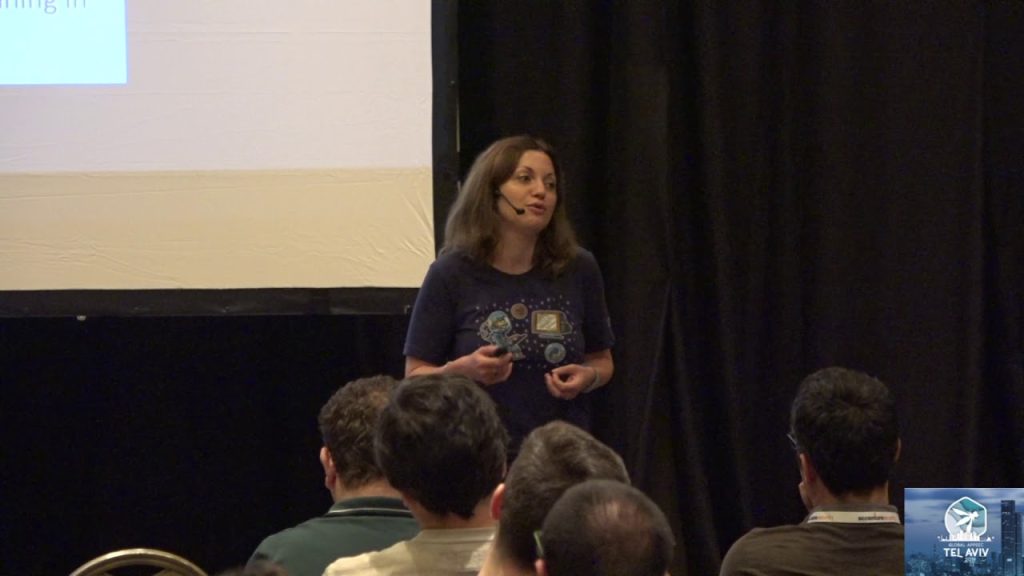If you’re interested in receiving interviews with thought leaders and a digest of exciting ideas from the world of DevOps straight to your inbox, subscribe to our 0800-DEVOPS newsletter!
###
The 2019 was a great year for DevOps and cloud native world. DevOps culture continued to prove its value which was most notably visible through Accelerate State of DevOps Report 2019, a must-read. We have seen further rise of Kubernetes platform, Red Hat OpenShift 4 was released, IBM released its Cloud Paks, AWS Fargate was getting traction and several good books were published including Devops For Dummies, The Unicorn Project, and Monolith To Microservices. And we have started publishing 0800-DEVOPS newsletter
We did some pretty nice projects with our clients and confirmed that enterprise organizations see value in DevOps culture and cloud native architecture. Enterprise organizations see their future in cloud native world but are more cautious in doubling down on container platforms as their future ultimate runtime platform. Nevertheless, a mindset shift is clearly visible and based on what was going on in 2019, I would bet on the following in the enterprise world:
1. Further embrace of container platforms
Past 2019 was bursting with organizations shifting their focus to cloud native. We saw a lot of investing into cloud native pilots running in an on-premise cloud and I expect this trend to continue in 2020. Organizations are recognizing benefits that containers bring, particularly in terms of development setup, deployment flexibility, immutable deployments, and configuration management.
Organizations are also finding interesting that container platforms are solving most of the problems that could previously be solved only by using full-blown application servers – things like clustering, high availability and session management. Moving from these proprietary middlewares to lightweight JARs running in containers is appealing both from a technical and licensing point of view.
2. Stepping into public cloud
One of the most common arguments against public cloud was security. Nowadays, public clouds are proving more secure than average IT department in an average organization in terms of physical security, digital access, and availability. EU regulation on personal data protection is somewhat inhibiting organizations from moving faster to the public cloud. In spite of that, there are a lot of ways in which public cloud can be used, i.e. using only local (European) data centers, moving non-production environments to the public cloud, data anonymization where possible, etc. I expect to see more of the public cloud in 2020.
3. Observability
Can you tell in what state your system is just by looking at its inputs and outputs?
As much as organizations are accepting the benefits of cloud native architectures, they have come to realize the complexity of distributed systems that comes attached. After quick wins of the initial pilot, further questions arise dealing with operational day-to-day life. How do we monitor this? How do we troubleshoot that?
Distributed systems are more complex in their nature than their monolith counterparts so in 2020 I expect more and more organizations to take the path of observability and consider architecture, design patterns, concepts and tooling that would make their systems more observable. This is a natural progression for those organizations that have successfully implemented cloud native pilots.
4. Redesigning software delivery process
Agility is a mindset, a way of working, but in order to reap its benefits, it has to be supported by engineering practices that will enable an organization to be nimble, accept changes and navigate uncertainties. This is where the rubber meets the road and many organizations fail at this technical level never reaching tangible benefits of agile way of working.
In 2020 I expect organizations moving through agile transformation to broaden their efforts from organizational aspects (team collaboration) to technical aspects of software delivery process. Implementing a proper deployment pipeline that automates repetitive tasks, mitigates operational risks and provides quick feedback will not only accelerate the software delivery life cycle from ideation to production but also enable engineers to spend more time in collaboration and creative work.
Adding technical excellence to collaborative culture will ultimately accelerate software delivery process, make it more predictable, elevate experimentation capabilities and make systems more resilient in the face of possible outages.
If you’re interested in receiving interviews with thought leaders and a digest of exciting ideas from the world of DevOps straight to your inbox, subscribe to our 0800-DEVOPS newsletter!
###


